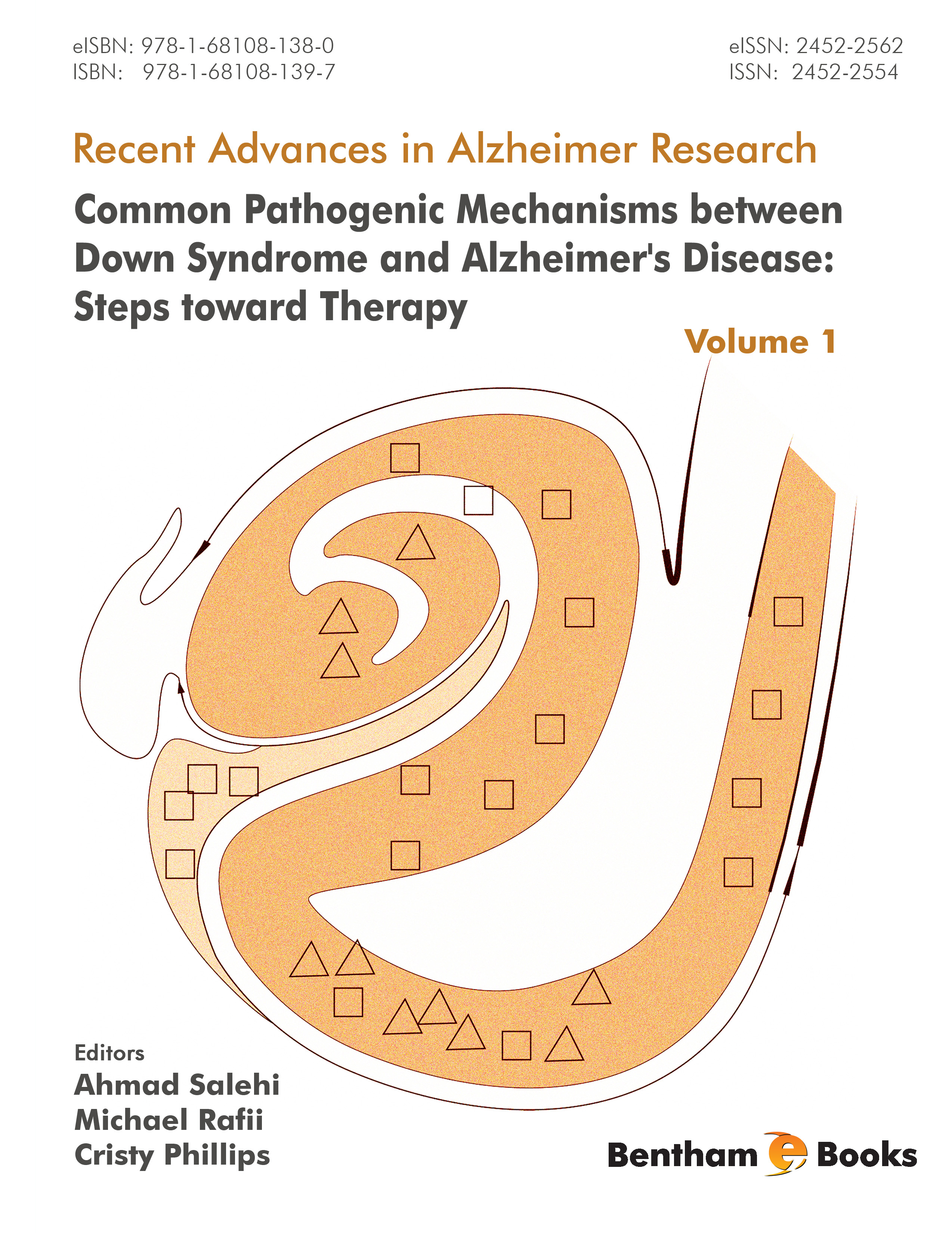Introduction
Down syndrome is a chromosomal disorder affecting more than 5.8 million individuals worldwide. Down syndrome can be viewed as a complex multi-system disorder as it manifests into significant physical, psychological, and cognitive abnormalities in affected persons. With aging, most adults with Down syndrome develop the clinical and neuropathological hallmarks of Alzheimer's disease. Unfortunately, no extant treatments have proven beneficial for cognitive dysfunction for either Down syndrome or Alzheimer’s disease. An incomplete understanding of the common pathogenic mechanisms that link these two disorders has limited researchers’ progress to this end. Common Pathogenic Mechanisms between Down syndrome and Alzheimer's Disease: Steps toward Therapy is a novel attempt to fill this void, by summarizing the work of world-renowned scientists in the field of Alzheimer’s disease and Down syndrome, and thus providing an unprecedented opportunity to attract attention to Down syndrome as a tool for understanding the common molecular mechanisms that underlie Alzheimer’s disease and to develop new therapies for similar neurodegenerative disorders of the brain.
The book covers the fundamental pathophysiology and molecular mechanisms behind the incidence of Alzheimer’s disease in Down syndrome affected individuals as well other key topics such as diagnosis and management, in vivo brain imaging studies, and progressive neurodegeneration of the monoaminergic system. The book concludes with a review of recent clinical trials of drugs designed to mitigate cognitive dysfunction in aging adults with Down syndrome and establishes a scientific warrant for the increased testing of candidate pharmacotherapies.
Common Pathogenic Mechanisms between Down syndrome and Alzheimer's Disease: Steps toward Therapy
is a useful reference clinicians involved in treating Down syndrome patients as well as for neuroscience researchers seeking to understand the influence of a specific case of aneuploidy on Alzhemier’s disease incidence and its progression at the molecular level.

